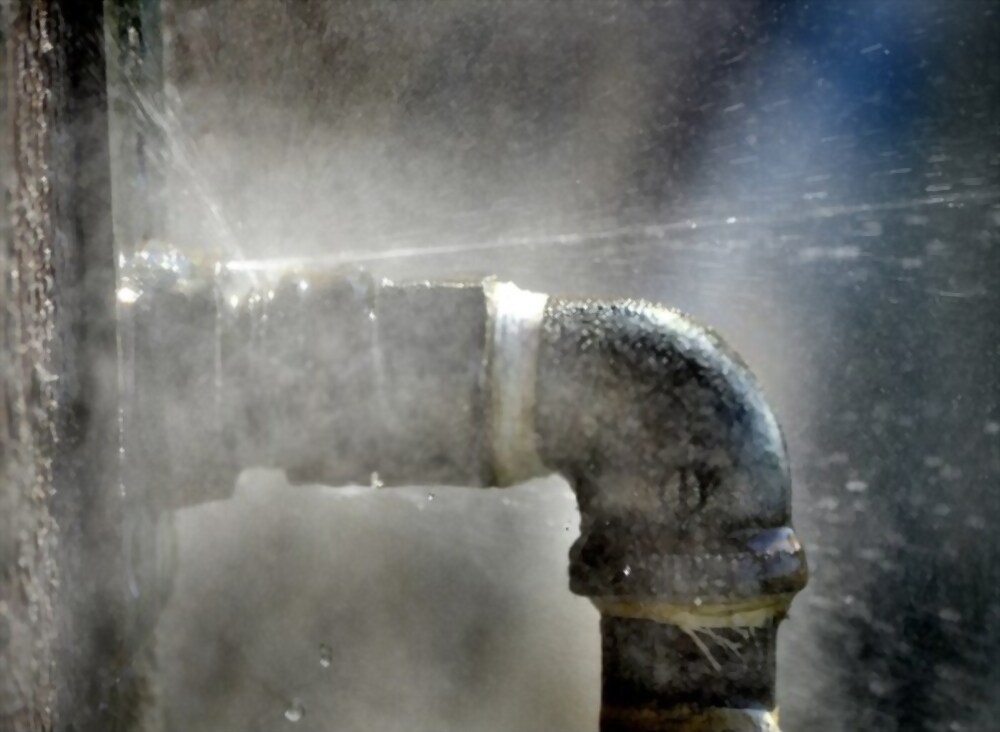Symptoms of a Sewer Line or Drain Pipe Clog
A clogged sewer line or drain pipe can be a tricky problem to recognize for a few reasons. For starters, the issue occurs out of sight, whether it’s just a few inches under a drain in your home or in a pipe buried below ground. Plus, in many cases, a blockage forms slowly, so you may not notice it until it’s too late.
However, left unchecked, sewer line or drain pipe clogs will only get worse and can lead to devastating consequences. That’s why it’s important to recognize some of the most common symptoms of a clogged drain as soon as possible.
Call Now: (630) 394-1515
Slow Drains
Waste that goes down a drain or is flushed down a toilet can collect and form a small clog that disrupts the flow of water going through the pipe. The most common place for clogs to form within interior plumbing is the P-trap, or the curved part of the drain pipe that collects water to prevent sewer gases from coming up through the sewer system. First, you may notice that water in a sink or tub is draining slower than normal. Eventually, the clog will get worse as more hair, oil, dirt, and other debris gets caught in the blockage.
Stopped Drains
When a small clog is allowed to grow, or something happens within the plumbing system to cause a full blockage in the pipe, the affected drain will stop flowing completely. Then you’re left with a tub or sink full of water that won’t go anywhere until you clear the blockage.
Water Backup
All the drains in your home eventually connect to the sewer line. If there’s a clog in the sewer line, any additional water or waste that goes down a drain will hit the blockage and have nowhere to go. Very quickly, this could result in a water backup. For example, you could have dark-colored water flowing up through toilet bowls, sinks, or tubs. Typically, drains closest to the sewer line will be affected first.
Flooding
A small water backup is bad enough, but if the issue is ignored, the water could continue to get pushed backward through drains and cause flooding. Standing water can damage the structure of your home, ruin personal items, and lead to mold growth. Plus, the presence of sewage in the water could pose a health risk to everyone in the household.
Foul Smells
Even if you don’t see a water backup due to a blocked sewer line or drain pipe, you can often smell it. In addition to human waste, you could also have decaying organic material that creates an unpleasant odor in your home.
Multiple Drains Affected
A telltale sign that you’re dealing with a clog in the sewer line (opposed to an individual drain) is if multiple drains seem to be affected at once, especially in different areas of the house. The symptoms may include sinks and tubs draining slowly, or a toilet making a gurgling noise when the shower is running.
Our Solutions
At Roots Be Gone, we have several tools and techniques to resolve clogged drain and sewer lines. Our process begins with identifying where the blockage is in your plumbing system, and what is causing it. For example, we may use a different solution for a clump of hair in a shower drain compared to a root ball in a sewer pipe.
For complete, effective, and safe drain cleaning, we offer:
- Camera inspection
- Hydro jetting
- Picote machines
- Cable rodding, snaking, rootering
- Cleaning and vacuum Pumping
Why Choose Us
At Roots Be Gone, we specialize in drain clearing – from simple clogs to the most stubborn blockages. Using our advanced equipment, we make sure the issue is completely taken care of. While other plumbers only poke holes in the blockage to provide temporary relief, we can clean down to the pipe surface. To fix your clogged sewer line or drain pipe for good, call us today at (630) 394-1515.



